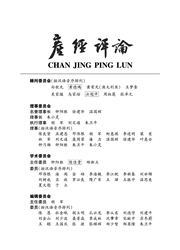

 中文摘要:
中文摘要:
通过构建破坏性创新企业与在位企业进行市场竞争的双寡头博弈模型,分析在具有不同收入分布特征市场中破坏性创新企业的市场绩效及社会福利。研究发现,在收入差距较大的市场中,破坏性创新企业获得更大的市场份额和利润,社会福利相对较小;相反,在收入水平较高且分布趋向同质的市场中,在位企业获得更大的市场份额和利润,并且,破坏性创新厂商的利润随着收入水平的提高而降低。同时,随着收入水平的提高,两企业的产品质量不断提高,但质量差距不断扩大,社会总福利也随之增加。最后,进一步阐释了破坏性创新更多地发生于贫富差距较大的新兴市场的微观机制,为企业根据不同市场的收入分布特征选择竞争战略提供理论依据,为相关国家基于收入分布特点制定限制或支持破坏性创新创业政策提供理论参考。
 英文摘要:
英文摘要:
The paper sets up a duopoly competition game model between a disruptive innovation firm and an incumbent firm,and analyzes the impact of income distribution on market competition of disruptive innova-tion. The paper discovers that disruptive innovation firm is easier to obtain bigger market share and gain greater market profit in the market with a large income gap,but social welfare is small. On the contrary,in the market with a smaller income gap,the market share,product prices and profit of incumbent firm will increase,profit of disruptive innovation firm will gradually decrease,and social welfare increase as well. This paper further ex-plains the micromechanism that disruptive innovation happens more in emerging economies with Pyramid-dis-tributed ,providing theoretical evidence of choosing competition strategy in different income distribution market for firms,and theoretical reference of implementation of laws to restrict or support disruptive innovation based on income distribution.
 同期刊论文项目
同期刊论文项目
 同项目期刊论文
同项目期刊论文
 期刊信息
期刊信息
